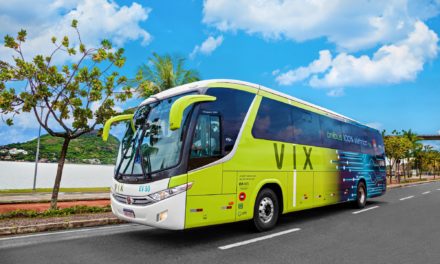By George Guimarães | 5/26/23 | Translated by Jorge Meditsch
The measures announced by the federal government this Thursday, 5/25, to encourage the offer of new vehicles up to R$ 120 thousand, were seen with caution and some disappointment by automotive market analysts. They say the price reduction from 10% to 11% is welcome, but it should not change much the internal vehicle market panorama.
The consultants heard by AutoIndústria warn that the government still needs to explain many aspects of the package that are key to making a more precise analysis of the impacts it would cause on sales. One of these points is how long the incentives will last.
Nonetheless, the analysts agree that purchases, especially by fleet operators and rentals, which almost stopped in the last few days, should be halted over the last 15 days, the time the government will take to publish the provisional measure defining the discounts after evaluation by the Revenue Office.
“Many consumers, especially large fleet owners, will wait for the discounts to become effective, impairing even more May’s performance, which already fell by 10% until 5/24 compared to April”, says the consultant Marcelo Cavalcante de Lima, who foresees an immediate impact also on used cars sales.
Even waiting for the measures’ details, Paulo Cardamone, Bright Consulting’s CEO, dares to say that, considering the estimated average discounts and the price range of the products that could benefit from the reduction, the industry could sell from 200 thousand to 300 thousand more vehicles in one year. ‘Or maybe about 130 thousand if the program lasts six months, until the end of the year.”
Cardamone estimates that about 160 automobile versions, from the almost 600 hundred currently offered in Brazil, could benefit from some level of discounts. This universe corresponds to nearly half the passenger vehicles’ sales, and almost 70% of the models are equipped with 1.0 engines.
Bright’s CEO thinks this potential market and production growth would not take to an increase in sector jobs – “a government concern behind it all” – but could avoid more dismissals. And more: “I worry about national content. We cannot have problems with the WTO (World Trade Organization), as happened with the Inovar-Auto.”
Like Cardamone, Ricardo Bacellar, Mobility Industry Advisory Consultant, regrets that structuring measures were not at least signaled to enable a stronger economic growth recovery and increased purchase power for the Brazilians. According to him, that’s a great problem for a sector whose products’ average ticket reaches more than one hundred thousand reais. “Without this, we will have a new ‘chicken flight'”.
“I’m not depreciating the announced measures. But they are too few, and the signals are important. Just see what happens with companies selling fridges or stoves, which cost much less than automobiles. Families’ debt remains huge, and the insolvency index does not fall. It will not be a 10% or 11% reduction that will make a difference. It must increase the employment and recover the Brazilian’s purchase power.”
The semiconductors shortage was a serious problem for the industry, but the consultant thinks it was used as a smoke screen for a bigger one. “From December 2019 and mid-2021, the Brazilian average income fell 11%, exactly the discount proposed now for the most cheaper models. “The semiconductors crisis was a crutch. Only now the industry seems to perceive it.”
He says he is anxious to know what the industry offered as compensation for the tax reduction and praises the R$ 20 billion for innovation announced by the government.
“A good part of this money could be used to research cheaper materials and lower the price of parts and components”. “We must end with the standardization paradigm, for example. Why can’t the same bolt can be used in different brands’ cars?”
- Stellantis compra parte da montadora uruguaia Nordex - 25 de abril de 2024
- Prestigiada pela Stellantis, Goiana receberá R$ 13 bilhões de investimentos - 25 de abril de 2024
- Commander 2025 tem configuração de 5 lugares, é melhor e custa menos - 18 de abril de 2024









